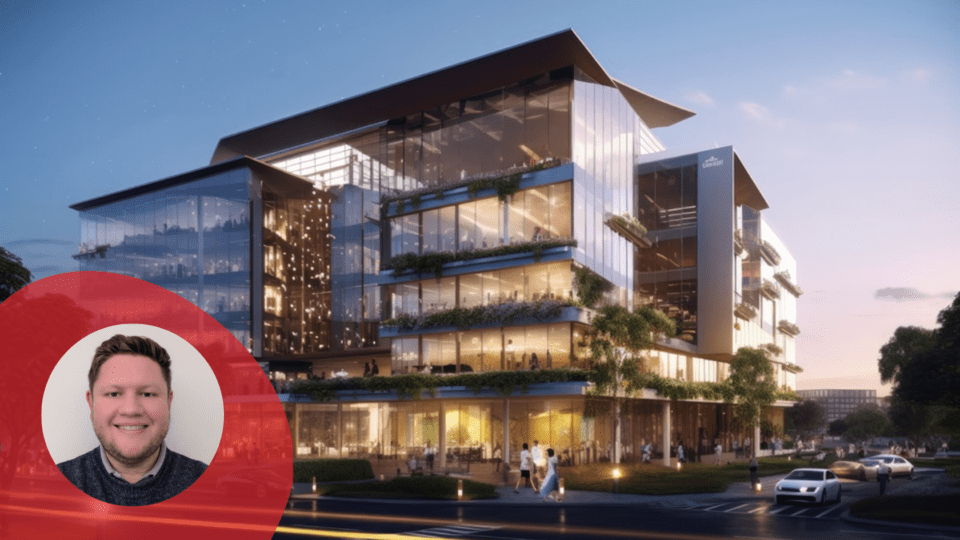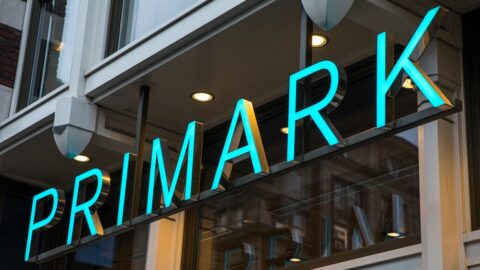Retail centers have always been more than places to shop; they are part of our social infrastructure. At their best, they were vibrant gathering places where people connected, lingered and engaged with their communities. Today, as ecommerce reshapes consumer behavior, many of these spaces feel outdated, burdened by vacancies and struggling tenants. But this isn’t a death sentence, it’s an opportunity.
The future of retail isn’t about nostalgia or forcing the past to return; it’s about evolution. These spaces must transform into dynamic, mixed-use environments that layer retail with dining, culture, entertainment and public space — turning them into places people want to be, not just places they need to go to.
The Case for Strategic Interventions
Retail’s decline stems from a fundamental shift in expectations. Consumers no longer visit shopping centers just to buy things; they want meaningful experiences. They want to be taken care of, listened to and made to feel a part of something. The most successful retail environments today — The Domain in Austin, The Pearl in San Antonio — didn’t just renovate; they redefined how retail interacts with the city. By embracing walkability, public gathering spaces and a mix of uses, these developments became destinations, not relics.
For struggling retail centers, small but strategic interventions can make a huge impact. A lifeless corridor can be revitalized with a new pedestrian axis and improved sightlines. A parking lot can be transformed into a plaza with shaded seating and event programming. Clearer wayfinding and stronger branding can reinforce a place’s identity. These are the moves that turn a mall into a neighborhood, a shopping center into a destination.
Advertisement
Unlocking New Potential: Blending Retail, Recreation, and Culture
Most aging shopping centers were built with inward-facing retail, isolating themselves from the surrounding urban fabric. The most effective redevelopments reverse that approach by prioritizing connectivity, visibility and active edges.
- Parking lots can become public spaces. Converting them into community plazas, garden spaces or outdoor event areas encourages gathering and extends visitor dwell time.
- Retail can be a gateway, not an endpoint. When positioned correctly, anchor tenants like grocery stores or food halls can create natural movement corridors that pull people deeper into the site.
- Flexible, mixed-use programming adds depth. Incorporating local businesses, pop-ups and entertainment venues ensures spaces evolve over time rather than becoming static and outdated.
The Role of Wayfinding, Branding and Identity
Retail environments thrive on cohesion and clarity — something many aging centers lack. Branded signage that is often overpowered by large big box signs, coupled with lack of consistency through the site, fragmented layouts and poor navigation make these spaces harder to engage with. Thoughtful wayfinding can reshape the visitor experience.
- Signage should not just guide, but reinforce identity. A cohesive system — integrating digital, architectural and environmental signage — makes navigation effortless while strengthening the brand.
- Entrances should invite, not intimidate. Many old shopping centers have blank, windowless exteriors facing major roads. Reworking façades, introducing transparency, softening thresholds and creating welcoming frontages can change perception instantly.
- Branding should reflect the community. Retail isn’t one-size-fits-all. Localized branding strategies — through design, materiality and tenant mix — help reinforce a sense of place.
Reframing Retail as Social Infrastructure
Retail developments should be more than places to buy a thing — they should serve a civic function, much like parks, libraries and community centers. The most successful developments are those that:
- Blend retail with hospitality, office and housing. The best districts function as complete ecosystems, not standalone malls. This ensures activity at all times of the day.
- Prioritize walkability, accessibility and sustainability. People want to linger in places that feel good — shaded pathways, cozy seating areas, bike-friendly infrastructure and human-scale design all play a role.
- Foster public gathering. Whether through programmed events, outdoor seating or interactive art, retail spaces must actively invite community interaction. This in turn fuels people to stay longer to engage and enjoy both actively and passively.
Redefining the Future of Retail
Developers and planners face a clear choice: either let struggling retail environments continue their slow decline or embrace a new model of urban integration. The future of retail isn’t about square footage and sales per square foot — it’s about designing places where people want to be.
By shifting from transactional to experiential thinking, developers and designers can ensure that today’s retail developments don’t become relics of a bygone era but instead emerge as thriving, community-centered destinations built for the future.
Ben Berg is a Project Designer at WestEast, specializing in master planning, retail placemaking and strategic urban interventions. With a background in architecture and urban design, Berg has led projects that breathe new life into underutilized spaces, transforming them into thriving, community-driven destinations.










